Background
In this article, we look at how to prioritise your tasks effectively. Being able to prioritise your workload is a key part of effective time management. Without prioritising your work, it becomes difficult to know where to start when it comes to getting things done.
What is Prioritisation?
Prioritisation is a way of organising the tasks that you have to complete into an order of completion. The aim is to get your tasks into the right order, then work from the top through all of your tasks until they are completed.
Prioritising tasks and workload requires a criterion that you follow to help determine which tasks are high priority and which are low priority. Learning how to prioritise will save you an awful lot of time and stress as it ensures you are working on the right things.
The Wrong Way to Prioritise Your Tasks
Different people use different criteria when it comes to prioritising workload. Some people are very successful, get things done and are relatively stress-free. Others think they are prioritising, but find they are still over-worked, overwhelmed and feel the pressure. Mainly, this is because they don’t know how to prioritise.
Here are some of the wrong ways to prioritise your tasks:
- The easy stuff over the hard stuff
- The short tasks over the longer tasks
- The tasks you enjoy over the tasks you don’t
- The tasks you believe will deliver the most recognition over the ones that deliver none
- Tasks for the person who is shouting the loudest
- Other people’s tasks over your own
If you use any of the above criteria to prioritise your workload, it’s is highly likely that you are not prioritising effectively.
Task Prioritisation Criteria
Before we understand how to prioritise tasks, we need to understand the criteria that we should be using to work out our priorities. Task prioritisation criteria should be based on 2 things:
- Deadline – when your tasks are due to be completed by This is driven by an end date or a regular time in the week or month where repetitive tasks should be done by
- Importance – the consequences of not completing each task or the value the tasks will return by completing it.
Now that we know the criteria of prioritising tasks, we can now look at how to prioritise tasks. We do this by using a task prioritisation tool.
How to Prioritise Your Tasks Effectively
To help understand how to prioritise your workload and tasks, we can use one of may tasks prioritisation tools. There are many of these out there to choose from – some more complicated than others.
Here are some common tasks prioritisation tools:
- The ABCDE Method
- The 1 to 6 Prioritisation Method
- The Eisenhower Matrix (urgent/important matrix)
The ABCDE Prioritisation Method
The ABCDE prioritisation method used these 5 letters to establish the priority of a task and when you will do it or what you will do with it. The method uses the following descriptions:
- A – Very important
- B – Important
- C – Nice to do
- D – Delegate
- E – Eliminate
Essentially, you run down your task list and add the correct letter next to each task. You A-tasks become the first tasks you work on, B-tasks next, C-tasks when you have time, D-tasks you delegate to someone else and E-tasks you don’t do or completely get rid of.
The 1 to 6 Prioritisation Method
The 1-6 prioritisation method is a simple and straightforward way of prioritising tasks. Essentially, 1-6 is a scale of importance with 1 being the most important and 6 being the lowest. It’s an extension of the very popular high, medium and low degrees of importance, which is often not broad enough meaning too many tasks become high.
You can agree on your own criteria for each number. It might look like:
- 1 – tasks that must be done, because if they are not, the business will need to stop or even close. Think legal and legislative tasks that could lead to business closure.
- 6 – tasks that really don’t matter and, if they were not done, no one would even notice
- 2-6 – criteria between
You can decide on your own criteria. For example, your role may mean that none of your tasks will have such a severe impact on your business meaning the description of 1 above will not be relevant to you. Think of the worst possible consequence that you could see from your tasks and use that as your description for tasks labelled as 1.
The Eisenhower Matrix
The Eisenhower matrix was developed by President Eisenhower. It’s commonly referred to as the Urgent/Important matrix – language used by Steven R. Covey. It takes this name as it uses the 2 criteria from the previous section – time and importance, and turns these into a 4 box grid.
The 4 boxes from the Eisenhower Matrix are known as:
- Urgent and Important
- Not Urgent and Important
- Urgent and Not Important
- Not Urgent and Not Important
The grid allows us to either label our tasks as 1 to 4, or place tasks into the relevant box on a grid. The idea is we should deal with box 1 activities first, then box 2, reduce box 3 and eliminate box 4.
Further Learning
You can learn how to Prioritise your tasks by attending a time management training course. Take a look at our time management training course where all of the above methods are looked at in much more detail.




